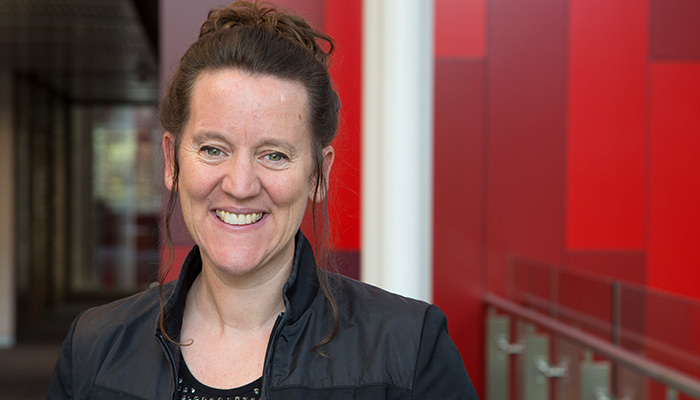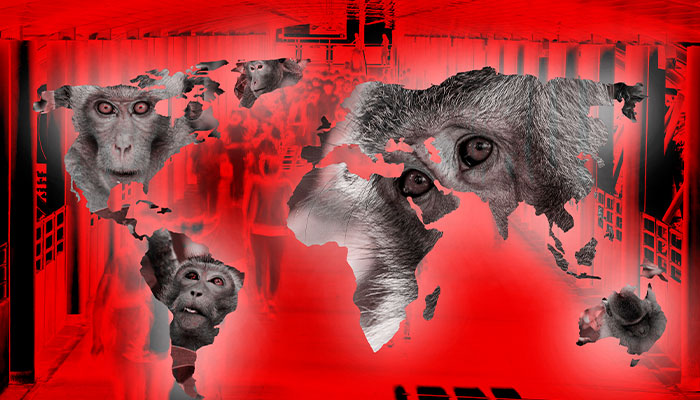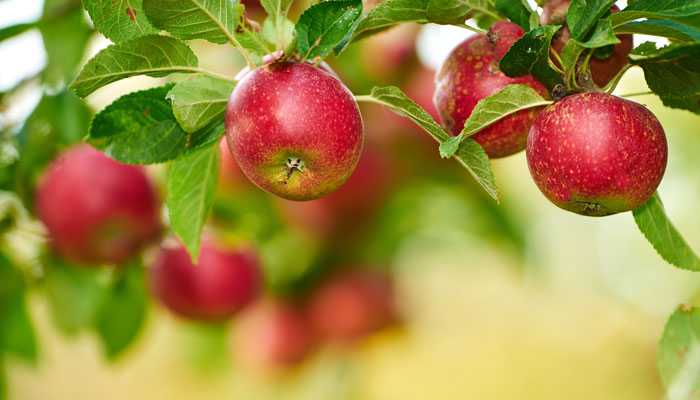Just as we are changing the distribution of animals and plants around the planet, human activity is altering the distribution patterns of micro-organisms, says Michael Gillings, Professor of Molecular Evolution in the Department of Biological Sciences.
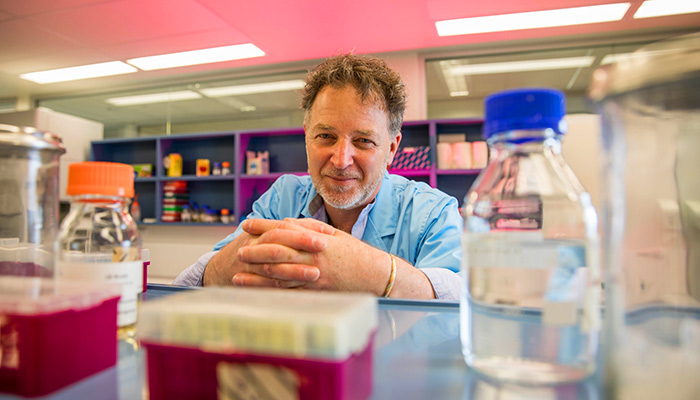
Documenting disease: We still have a lot to learn about how the ecosystems of microorganisms work, according to Professor Gillings.
Because microorganisms are so small, it’s often assumed they are evenly distributed around the planet, Professor Gillings says, but microbes exhibit the same patterns of biogeography as larger organisms.
Changing their distribution could have far-reaching consequences, spreading disease, threatening the health of humans and other plant and animal species and potentially driving some microorganisms to extinction as they grapple for control over tiny ecosystems.
Microorganisms run the planet, Gillings says; they cycle the nitrogen we need to make protein, they cycle phosphorous, sulphur and iron.
There is much we don’t know; despite our awareness that there are at least a million species of bacteria, our documentation of their ecosystems is sparse.
“Many of these invisible organisms are responsible for driving much of the cycling of nutrients and minerals, compounds and energy through the biosphere – and they are centrally important for how the earth operates,” says Professor Gillings.
As global shipping grows in volume, the impact of this transport becomes more problematic
Most of the oxygen we breathe is produced, not by trees but by photosynthetic bacteria in our oceans, while the passage of nutrients through many crops is critically dependant on various bacteria.
There are three main ways that human activity spreads these microorganisms; the first is through shipping.
Although the oceans are joined they are not well-mixed; and microbes don’t usually survive sea-water journeys of thousands of kilometres – except when they hitch a ride on ships.
“Ships take on sea-water as ballast to weigh down empty cargo holds and keep the ship stable,” he says. Arriving at their destination, ships then release this ballast water adjacent to the port where they will take on cargo.”
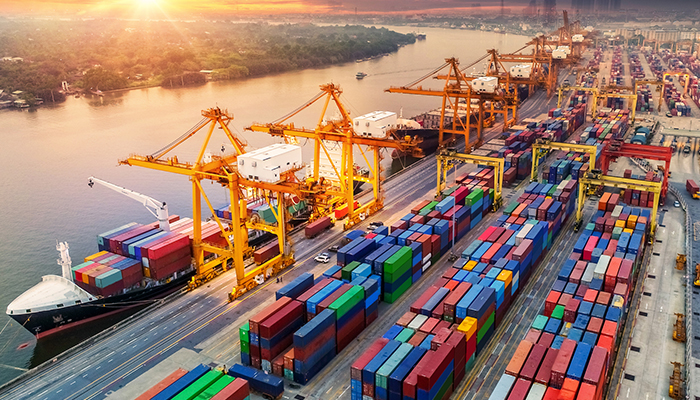
Unwanted shipment: Researchers warn marine life has suffered damage from microbes in ballast water.
As global shipping grows in volume, the impact of this transport becomes more problematic, Professor Gillings says.
Each year, an estimated 150 million tonnes of ballast water is released in Australian territorial waters.
Ballast water has already been held to blame for substantial damage to marine ecosystems through the distribution of starfish, seaweeds, mussels and other marine life across the planet.
“There have been cholera outbreaks directly linked to the dumping of ballast water; and the bacteria causing cholera is very common in parts of Asia but was previously almost unheard of in certain other places like South America.”
Hitching a ride on rock, soil and sand
The second culprit: the movement of microbe-rich soil, sand and rock around the planet, through erosion (boosted by land clearing and agriculture) and the movement of produce.
The third way humans distribute microbes is through the digestive system of humans and agricultural animals.
“Humans, along with pigs, cows, goats sheep and chickens, weigh 35 times more than all other land mammals,” says Professor Gillings.
Mammals rely on a complex collection of microorganisms in our bodies which aid digestion; and as humans and animals travel around the planet, vast quantities of these microbes are dispersed through their excrement.
“These microorganisms are now spread all over the planet via the waste from farms or wastewater from sewage treatment plants, instead of remaining where they originated,” Professor Gillings says.
Tourists criss-crossing continents
Modern transport means humans can travel from one continent to another in 10 hours and as we go, we transport our organisms with us.
Over the course of an average 1.2 billion international tourist movements per year, people unintentionally transport gut microorganisms, including antibiotic resistant pathogens, between continents.
“We know this is happening because we’re able to track back antibiotic resistant organisms to their origins,” says Professor Gillings.
“Colistin-resistant bacteria appeared in a single origin in China around two years ago; within six months, those bacteria had made their way to countries around world, and they'd done so inside the gut of humans.”
The researchers have concluded with an urgent call for action.
It’s imperative we monitor and model these changes to the microbial world and prioritise waste water and manure treatments, to reduce the spread of microbes and resistance genes, Professor Gillings added.
Read Michael Gillings' research paper here.
Michael Gillings is a Professor in the Department of Biological Sciences.

